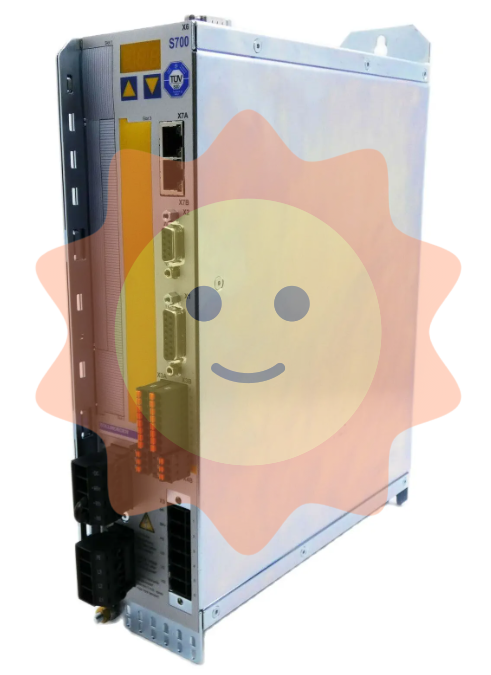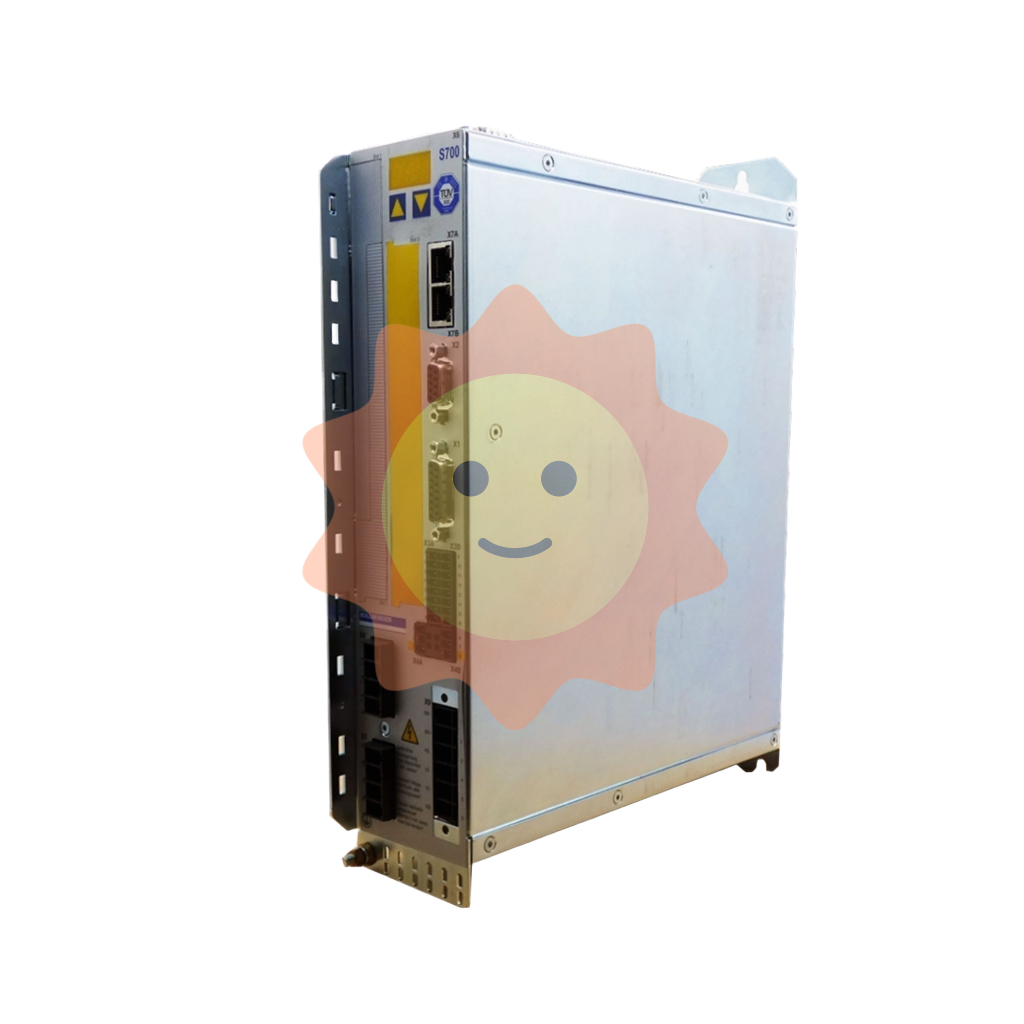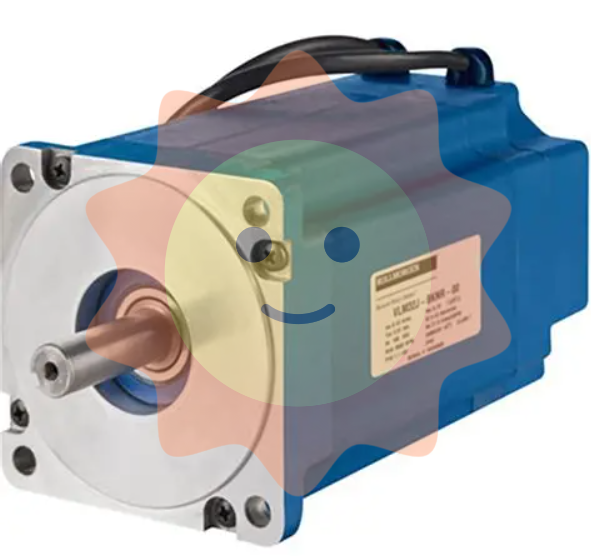Municipal sewage treatment
Advanced treatment: is to meet the requirements of high standards of receiving water or return to industrial and other special uses for further treatment, common processes are coagulation precipitation and filtration. Chlorine requirements and contact pools are often added to the end of advanced treatment. With the high level of urban social and economic development, in-depth treatment is the need for future development.

Sludge treatment:
These include concentration, digestion, dehydration, composting or domestic landfilling. Concentration can be mechanical or gravity concentration, and the subsequent digestion is usually anaerobic medium-temperature digestion, that is, anaerobic technology. The biogas produced by digestion can be used as energy for combustion or power generation, or used for chemical products. The sludge produced by digestion is stable in nature and has fertilizer effect. After dehydration, the volume is reduced and cake is formed, which is conducive to transportation. In order to further improve the sanitary quality of the sludge, the sludge can also be manually composted or mechanically composted. Composted sludge is a good soil conditioner. The sludge with excessive heavy metal content should be disposed of carefully after dehydration treatment, and it is generally necessary to landfill and seal it.
Typical process:
The municipal sewage treatment process is still used in primary treatment, secondary treatment and advanced treatment, but the most popular at home and abroad is the traditional activated sludge process as the core of the secondary treatment.
The determination of urban sewage treatment process is determined according to the requirements of urban water environment quality, incoming water quality, available technology development, urban economic status and urban management operation requirements. Before the process is determined, it is generally necessary to undergo thorough investigation and research and economic and technical comparison. In recent years, there are many types of A-O or A-A-O process, SBR process, oxidation ditch process and so on. A-O or A-A-O processes are also called anoxic-aerobic or anoxic-anoxic-aerobic processes. The development of this process is mainly to meet the needs of nitrogen and phosphorus removal, which is an economical and effective biological deammonia and phosphorus removal technology, many sewage plants in southern China have adopted this process.
SBR process is also called sequencing batch activated sludge process. This process structure is mainly a pool for both aeration pool and secondary precipitation, simple management, especially suitable for small and medium-sized cities and towns of urban sewage treatment, for the continuous operation of large amounts of water, the treatment is generally several sets of pool combination operation. Oxidation ditch process is a delayed aerated activated sludge process, because the load is very low, the impact load is strong, the effluent quality is good, the sludge production is small and stable, and the operation management is simple. The oxidation ditch can be designed according to nitrogen removal, or it can be slightly modified to remove nitrogen and phosphorus. In addition, there are some variants of the traditional activated sludge method for urban sewage treatment, as well as some process types such as A-B process.

Industry development:
After the 1950s, the global population grew rapidly and industry developed rapidly. The global water situation is deteriorating rapidly. On the one hand, human demand for water is expanding at an alarming rate. On the other hand, increasingly serious water pollution eats away at a large amount of water available for consumption.
China's per capita water resources are small and their spatial distribution is unbalanced. With the acceleration of urbanization and industrialization in China, the demand gap of water resources is also increasing. In this context, the sewage treatment industry has become an emerging industry, and the tap water production, water supply, drainage, water reuse industry in the same important position.
In 2007, China's investment in water pollution control reached 338.76 billion yuan, an increase of 32 percent over the previous year, accounting for 1.36 percent of that year's GDP. China's water environment quality has remained stable on the whole. In 2007, 942 sewage outlets in primary water source protection areas were shut down, 1,294 construction projects that might cause pollution in secondary water source protection areas were suspended, and 931 projects were brought under control within a time limit.
By October 2008, 1,459 sewage treatment plants had been built in cities, counties and some key towns, with a daily treatment capacity of 85.53 million tons (288 in 36 big cities with a daily treatment capacity of 34.97 million tons), an increase of 60.5 percent and 42.6 percent over the end of the Tenth Five-Year Plan, respectively. The municipal sewage treatment rate increased from 52 percent in 2005 to 63 percent in 2007. A total of 1,033 urban sewage treatment projects are under construction, with a designed daily treatment capacity of 35.95 million tons. From January to October 2008, the country's urban sewage treatment plants that have been put into operation have treated 19 billion tons of sewage, and the operating load rate has reached 76%, an increase of 21% and about 3 percentage points respectively.
- EMERSON
- Honeywell
- CTI
- Rolls-Royce
- General Electric
- Woodward
- Yaskawa
- xYCOM
- Motorola
- Siemens
- Rockwell
- ABB
- B&R
- HIMA
- Construction site
- electricity
- Automobile market
- PLC
- DCS
- Motor drivers
- VSD
- Implications
- cement
- CO2
- CEM
- methane
- Artificial intelligence
- Titanic
- Solar energy
- Hydrogen fuel cell
- Hydrogen and fuel cells
- Hydrogen and oxygen fuel cells
- tyre
- Chemical fiber
- dynamo
- corpuscle
- Pulp and paper
- printing
- fossil
- FANUC
- Food and beverage
- Life science
- Sewage treatment
- Personal care
- electricity
- boats
- infrastructure
- Automobile industry
- metallurgy
- Nuclear power generation
- Geothermal power generation
- Water and wastewater
- Infrastructure construction
- Mine hazard
- steel
- papermaking
- Natural gas industry
- Infrastructure construction
- Power and energy
- Rubber and plastic
- Renewable energy
- pharmacy
- mining
- Plastic industry
- Schneider
- Kongsberg
- NI
- Wind energy
- International petroleum
- International new energy network
- gas
- WATLOW
- ProSoft
- SEW
- wind
- ADVANCED
- Reliance
- YOKOGAWA
- TRICONEX
- FOXBORO
- METSO
- MAN
- Advantest
- ADVANCED
- ALSTOM
- Control Wave
- AB
- AMAT
- STUDER
- KONGSBERG
- MOTOROLA
- DANAHER MOTION
- Bently
- Galil
- EATON
- MOLEX
- Triconex
- DEIF
- B&W
- ZYGO
- Aerotech
- DANFOSS
- KOLLMORGEN
- Beijer
- Endress+Hauser
- MOOG
- KB
- Moxa
- Rexroth


Email:wang@kongjiangauto.com


































































































